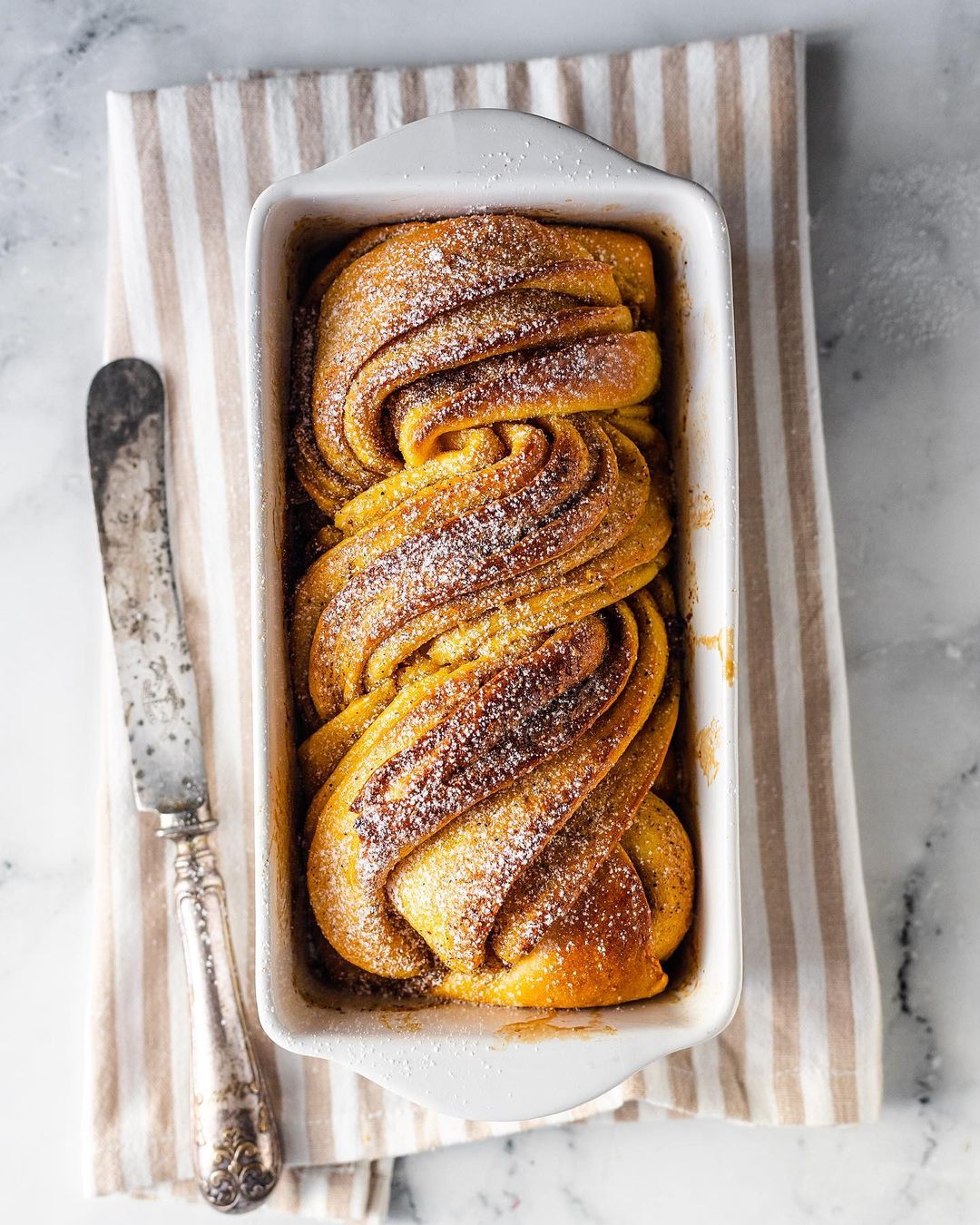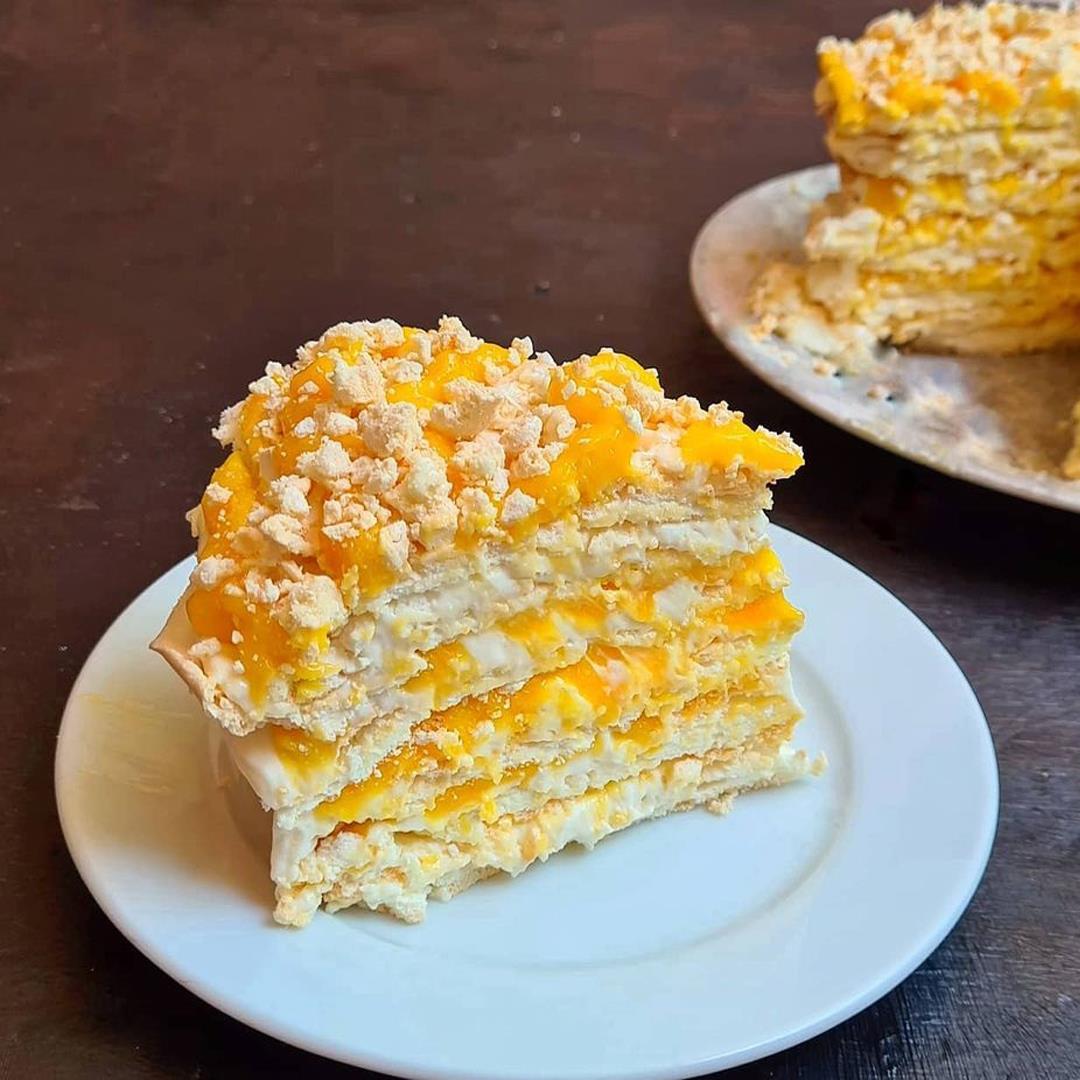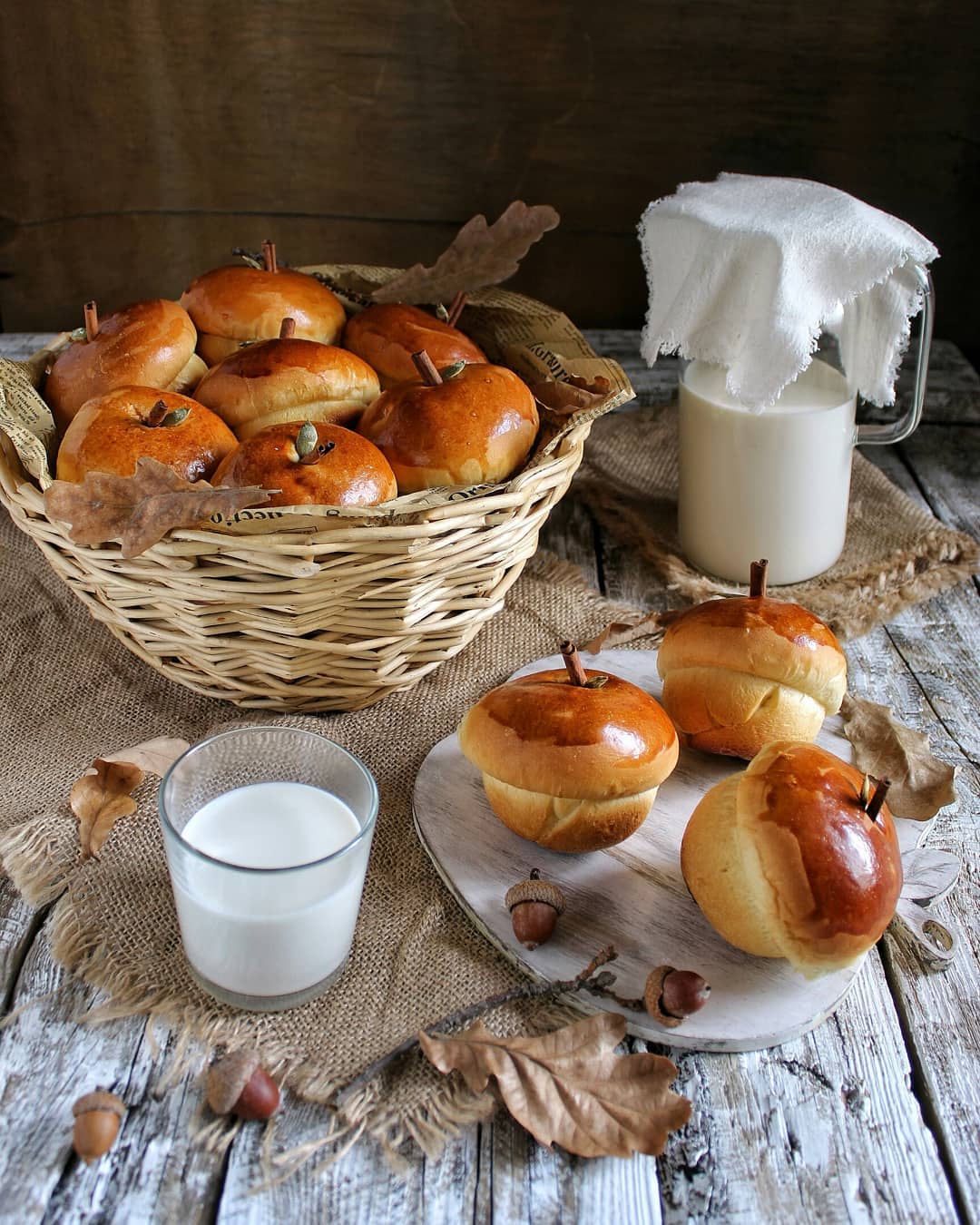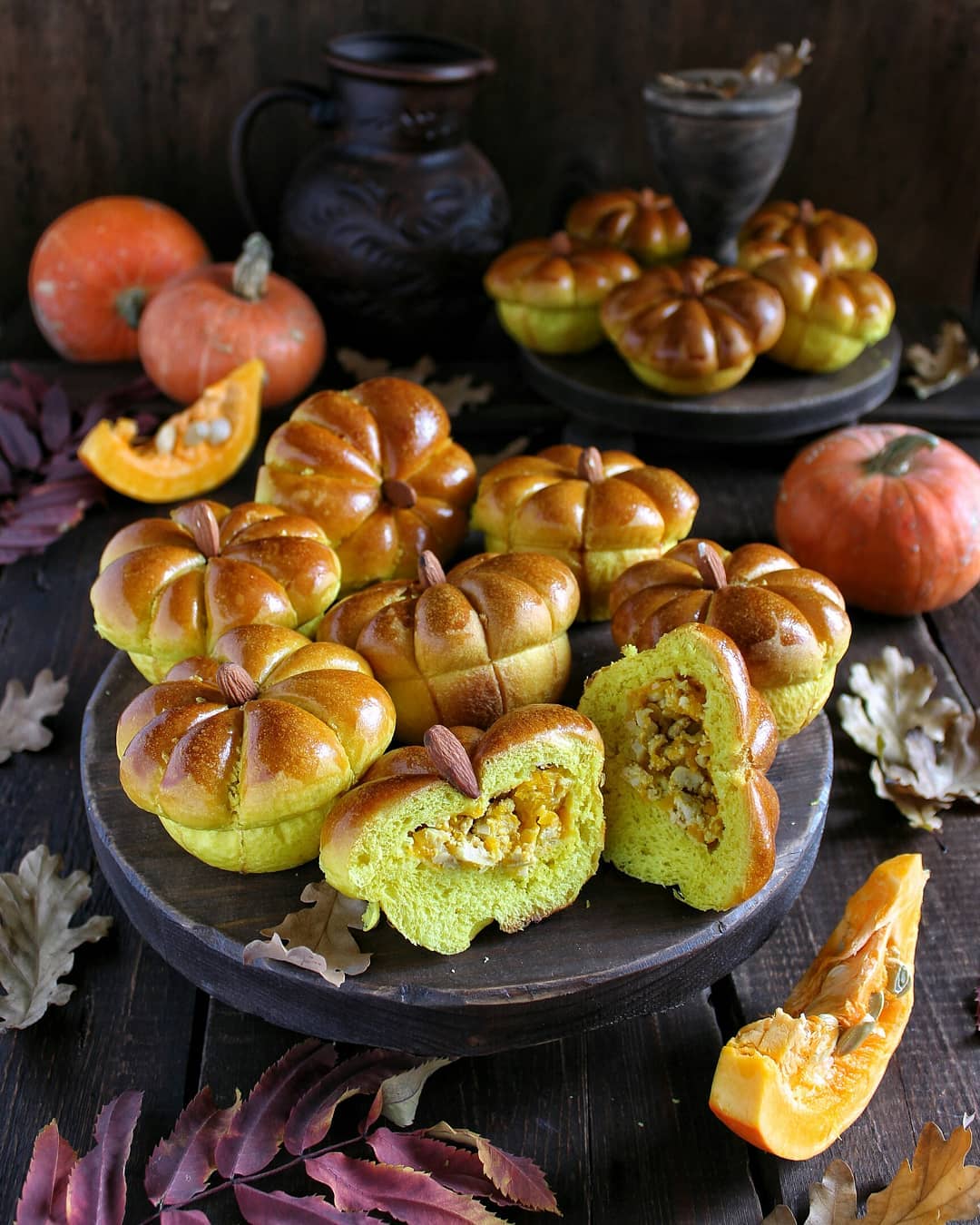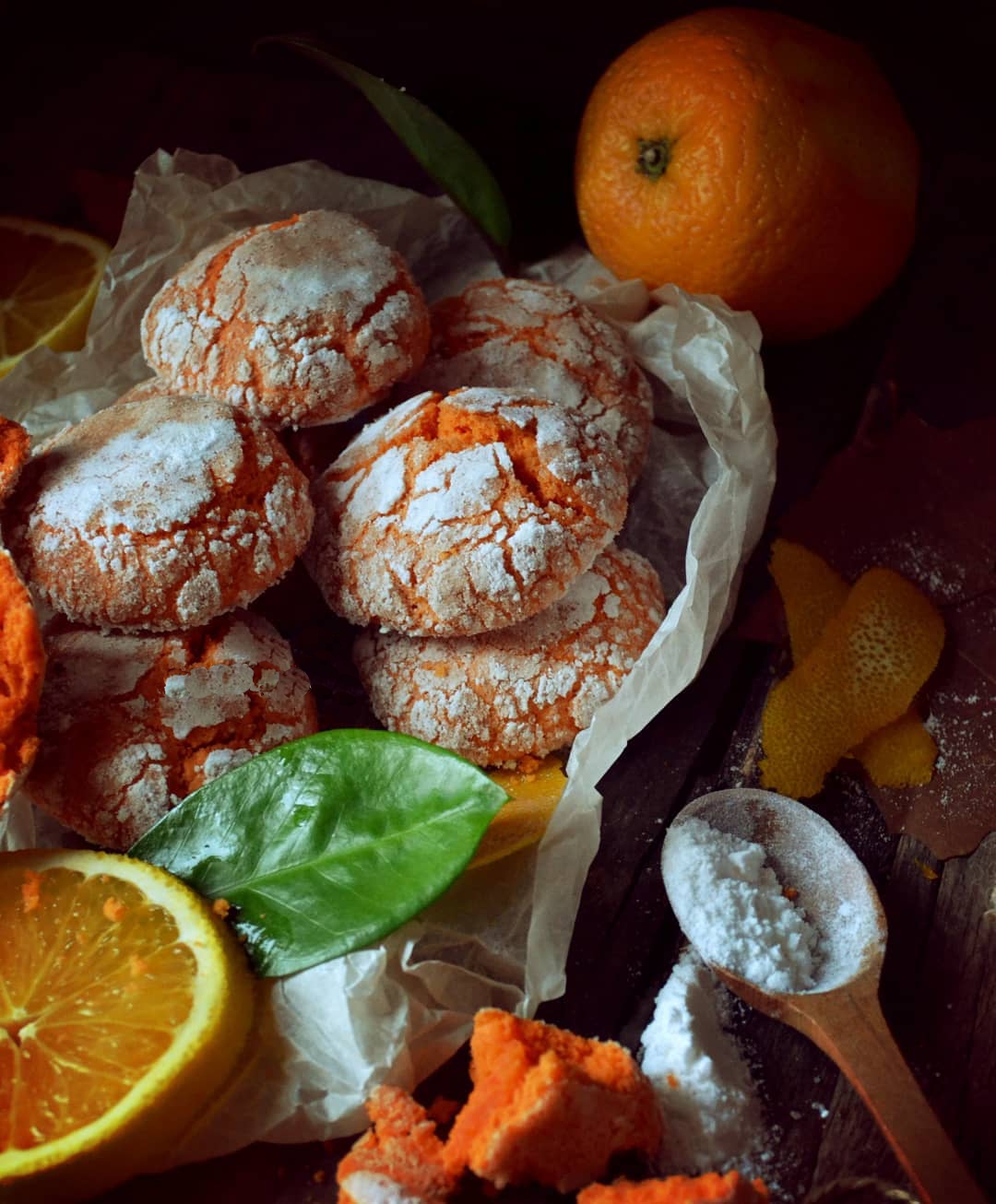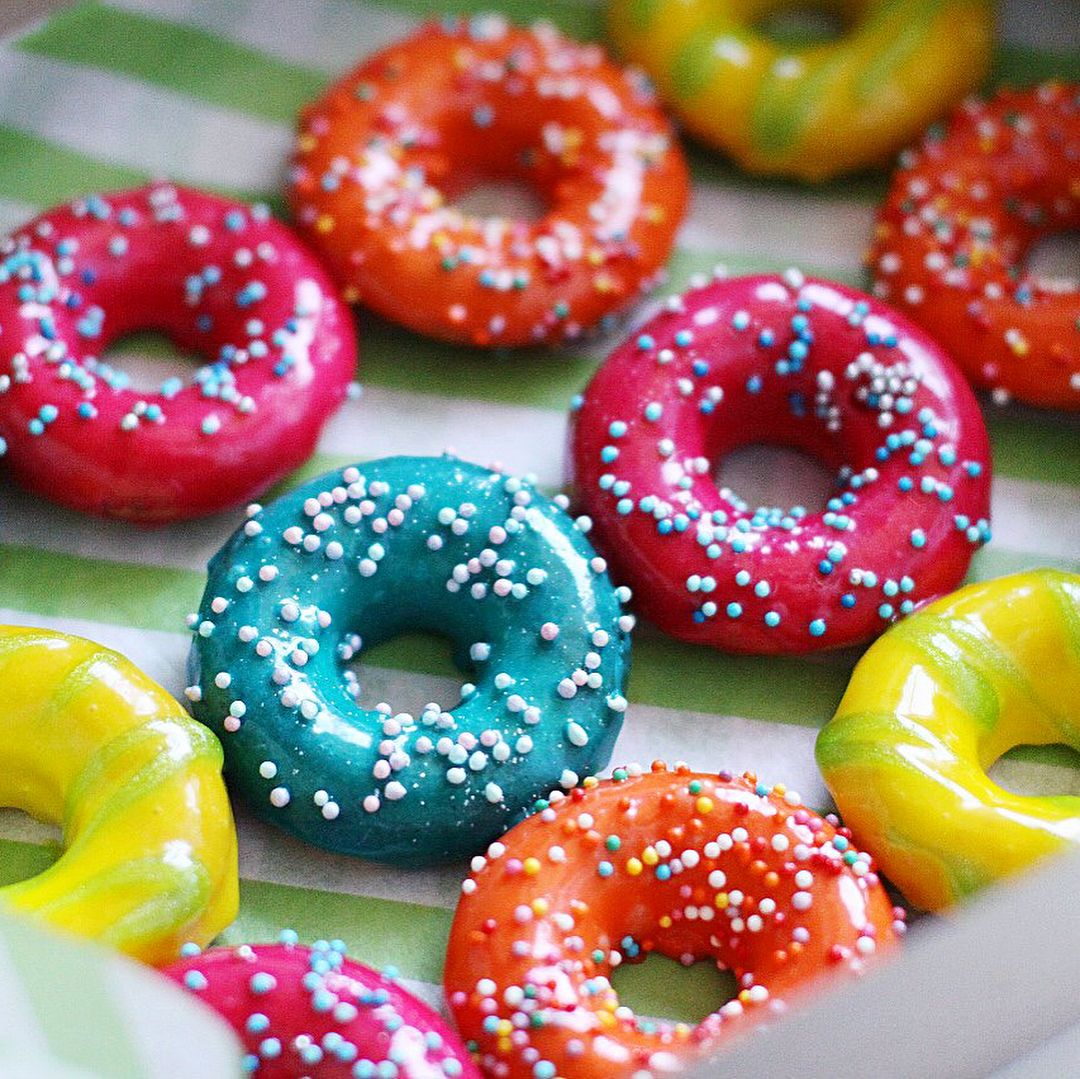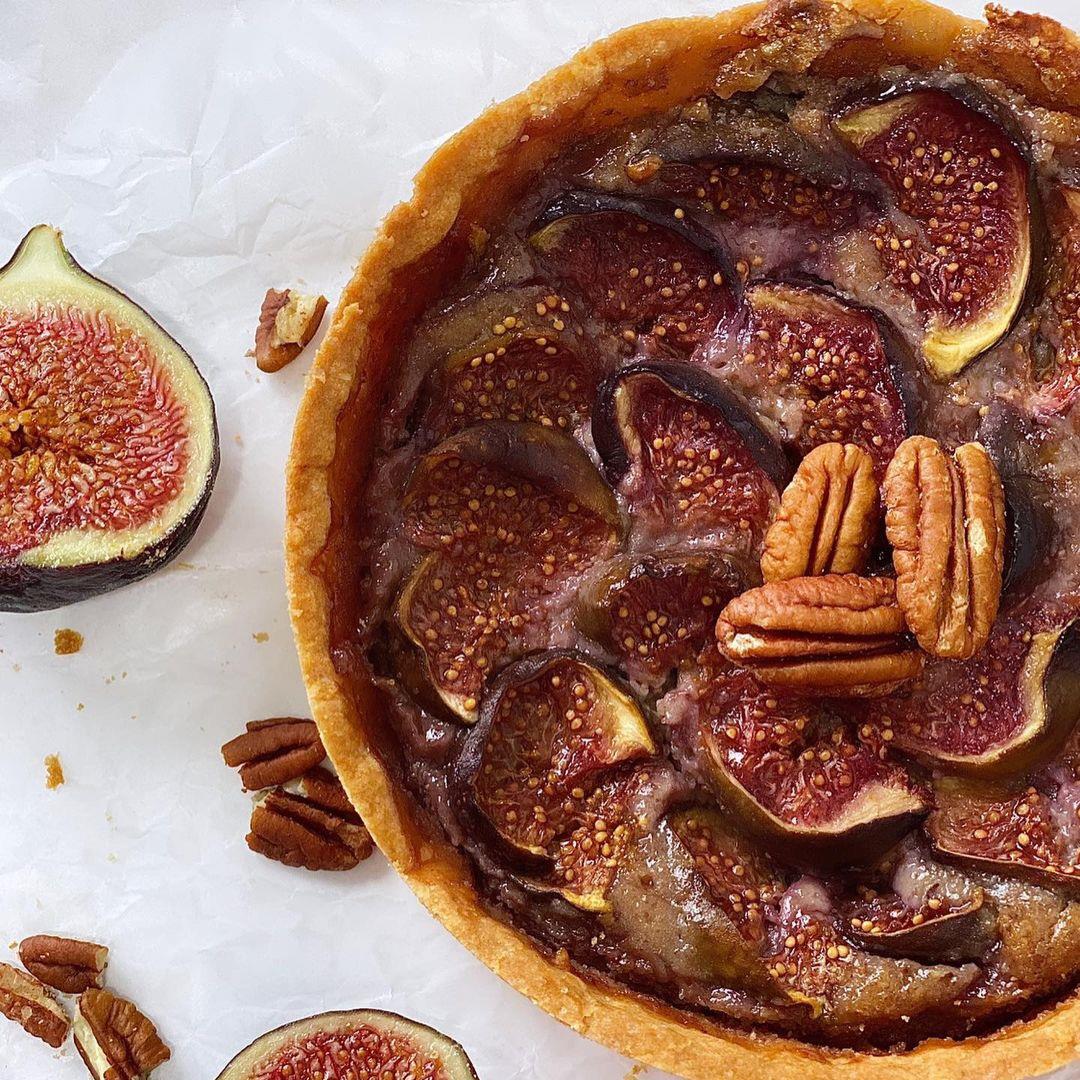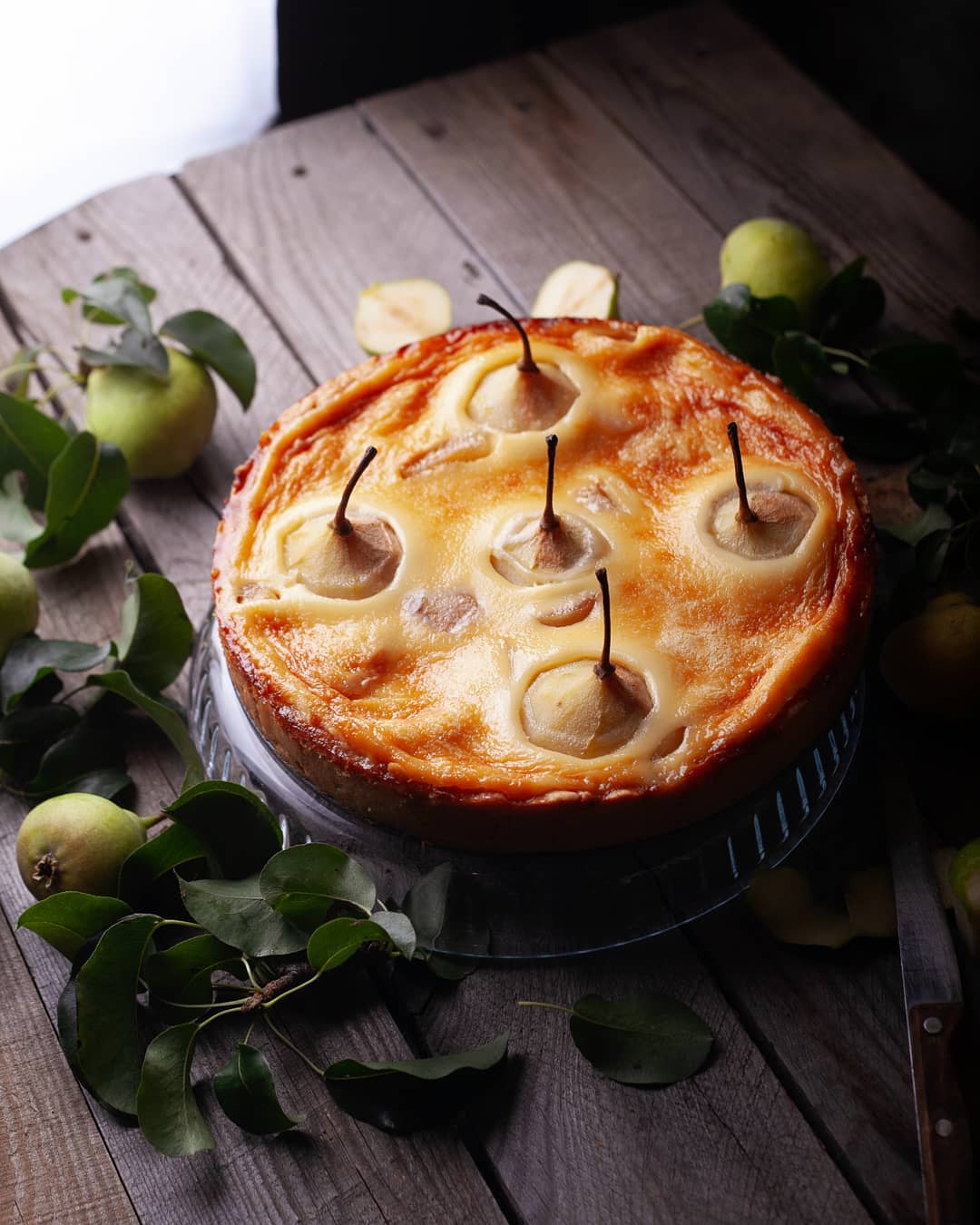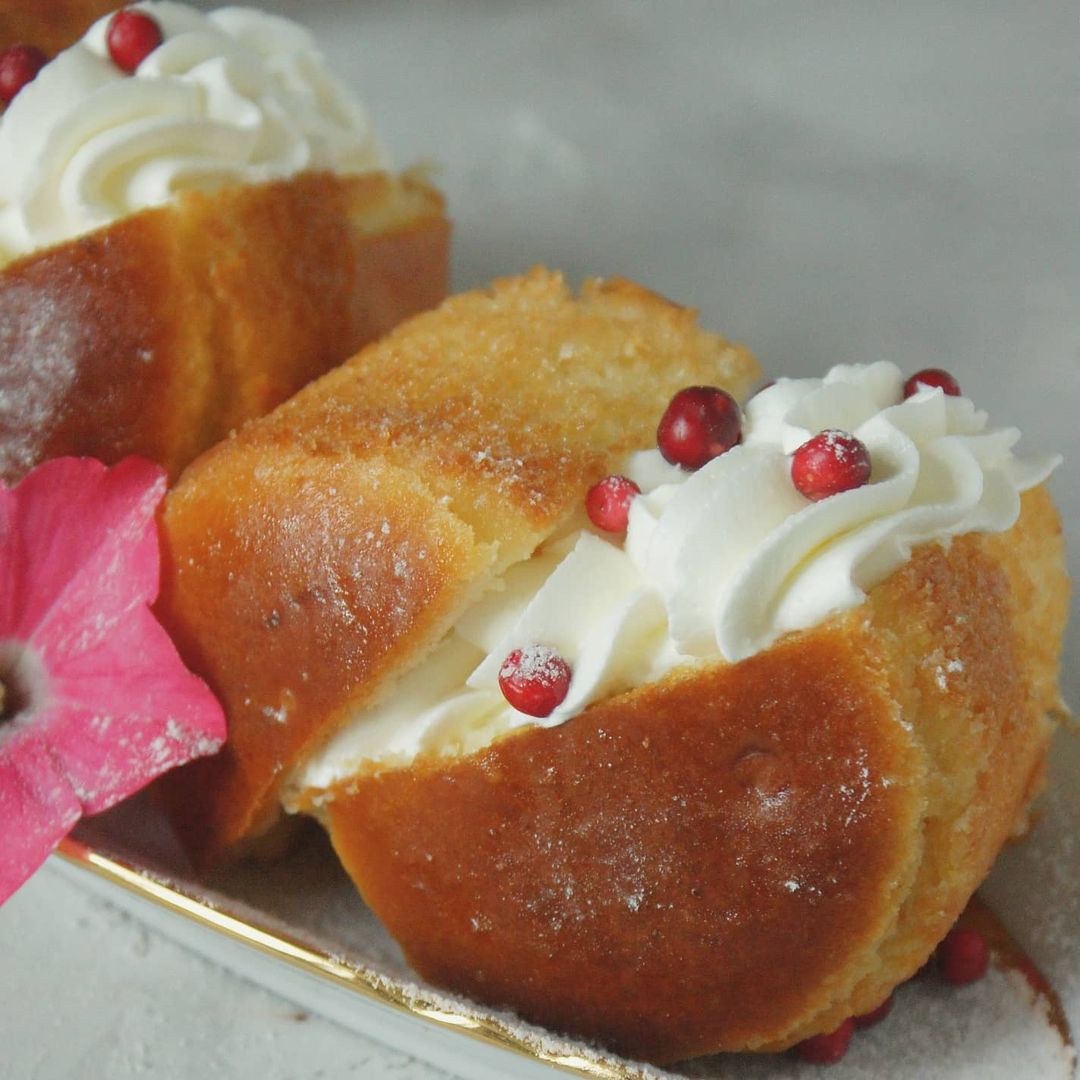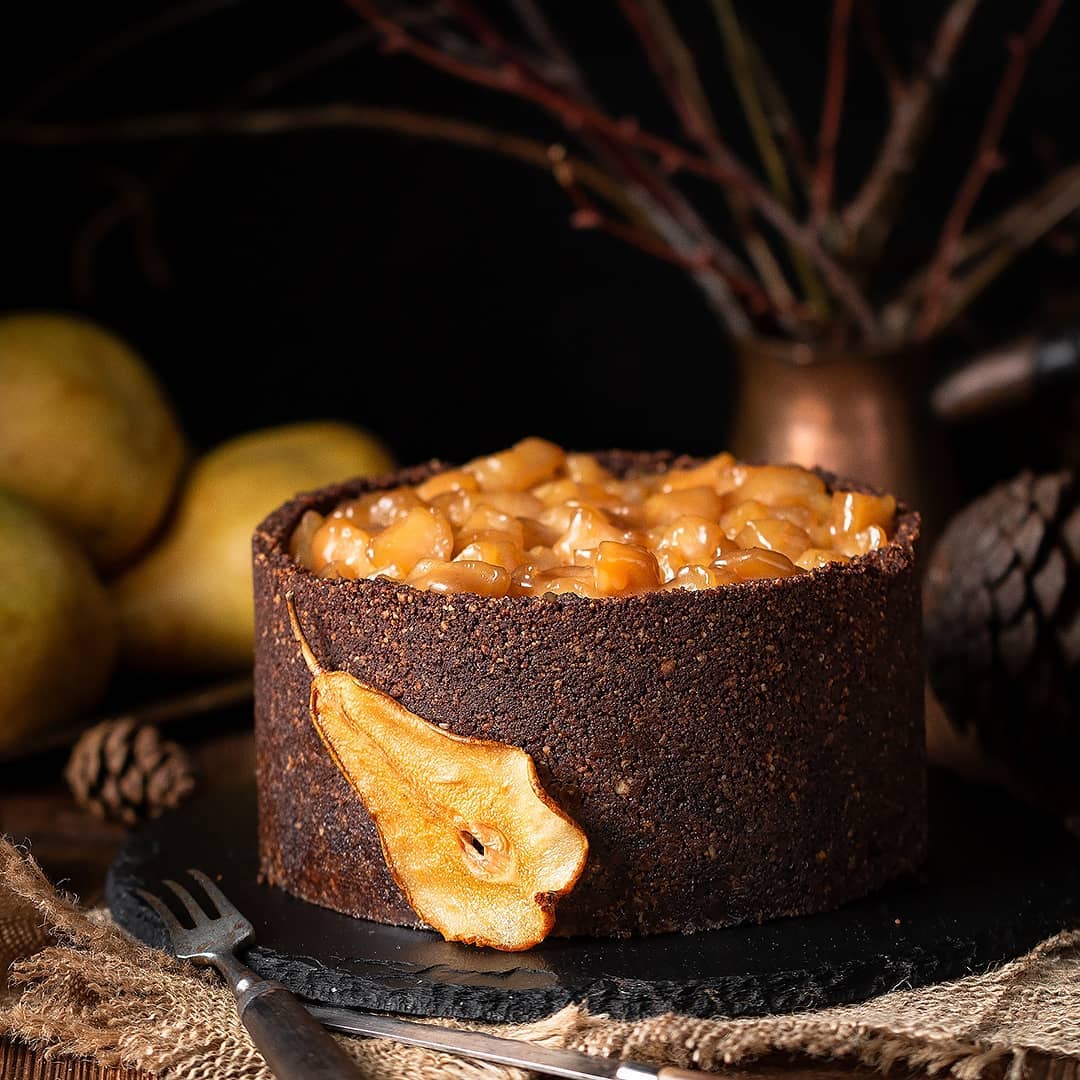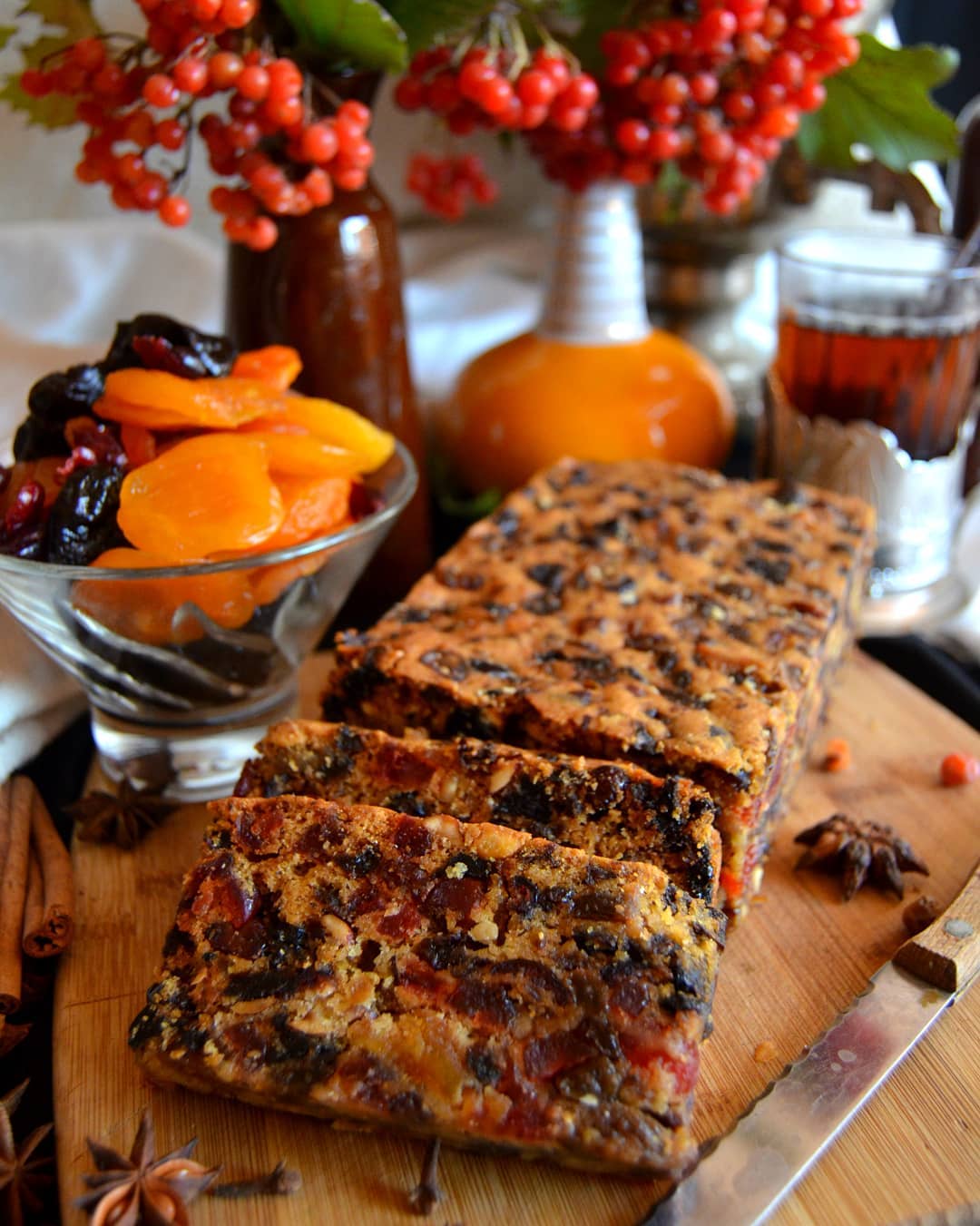Ingredients
Dough
Filling
Instructions
Step 1
Step 2
Step 3
Step 4
Step 5
Step 6
Step 7
Step 8
Step 9
Step 10
Servings
Equipment
Accurate measurements are key in baking to ensure great texture and flavor. Invest in quality sets for consistency.
Use different sizes for various mixing tasks. Preferably have a few non-slip ones to ease the mixing process.
Essential for rolling out the dough evenly. If you don't have one, a clean, smooth bottle can work as a substitute.
A rectangular pan works best for the babka's structure. Grease it well to prevent sticking.
Useful for brushing egg yolk on the dough to get that golden brown finish. You can also use it to spread fillings evenly.
Covers dough during resting periods to maintain moisture and ensure even rising.
If your oven's temperature is inconsistent, this tool helps in baking at the precise required temperature.
Variations
Faq
- Why didn't my dough rise properly?
Your yeast might have been expired or the milk was too hot/cold. Make sure to check the expiration date and maintain the proper temperature for activation.
- How do I know when the babka is done baking?
A golden brown crust and a hollow sound when tapped usually indicate the babka is done. You can also insert a skewer to ensure it comes out clean.
- Can I make the dough ahead of time?
Absolutely, you can prepare the dough a day ahead and let it rise in the fridge. Just bring it to room temperature before rolling it out.
- What can I use instead of brown sugar for the filling?
Coconut sugar, honey, or a sugar substitute could work if you're looking for alternatives, though they may alter the flavor slightly.
- How can I ensure the filling doesn't ooze out during baking?
Make sure to roll the dough tightly and not overfill. You can also slightly chill the dough before putting it into the oven.
- Can I add extra spices to the filling?
Absolutely! Feel free to add nutmeg, cardamom, or even a dash of cloves to tailor the taste to your preference.

